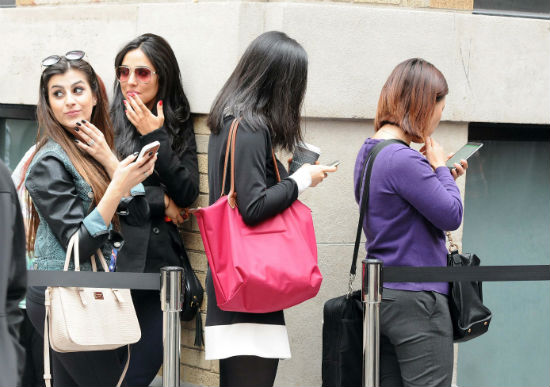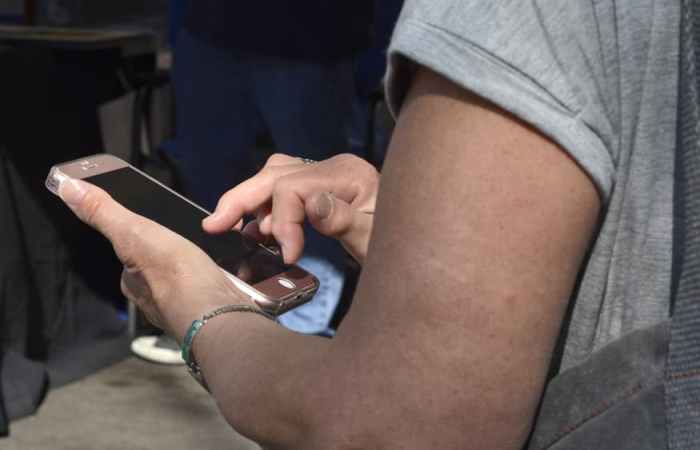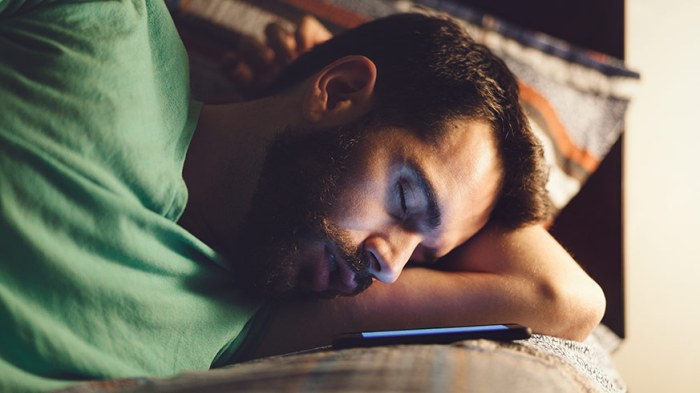It’s a club you may not have been eager to join, but it still feels weird to be left out: In the hours after President Trump delivered his first “Presidential Alert” text message — a test of FEMA’s new Wireless Emergency Alert system intended for every cellphone in the country — many people were left questioning why they didn’t get one. (And some questioned why they were questioning.)
The key word there is “many” — a lot of people didn’t receive the text, and there’s no reason to panic or wonder what mysterious list you are or aren’t on.
The text was indeed only a test, the first time an emergency alert has gone out over text nationwide. (Previous tests had been limited to certain states or localities.) It was intended to determine where gaps are in the system, so wireless carriers and FEMA can improve it, Wired reports.
There are several reasons you might not receive an emergency alert on your phone: If you were out of cell-tower range, if your phone was in Airplane mode or turned off, if your phone isn’t WEA-compatible, or if your carrier doesn’t participate in the system.
All carriers reported receiving the alerts. But if it didn’t make it to your phone, it’s possible the radio protocols used by your cellphone carrier didn’t work with your phone’s firmware — something the test is designed to pinpoint and fix. There are other reasons why you might have been left out: “If a user is on a call, or with an active data session open on their phone, they might not have received the message,” a FEMA spokesperson told Wired. “Although they still should have received it after the call or data session ended.”
“There shouldn’t be any reason why the alert shouldn’t get out to every phone unless the phone was off,” said David Simpson, former chief of the FCC’s Public Safety and Homeland Security Bureau. “So where there is actually a non-delivery, that is something that the engineers will want to pay great attention to.”
If you didn’t get the alert, FEMA wants to hear from you. Email FEMA-National-Test@fema.dhs.gov with the make and model of your phone and the name of your carrier. They also want to know whether your phone was in the same spot for 30 minutes after the test, whether the people around you got the message, and whether you were using your phone at the time.
























